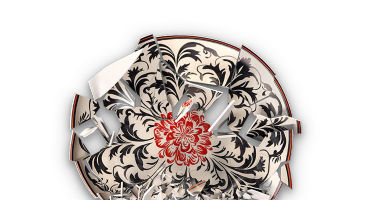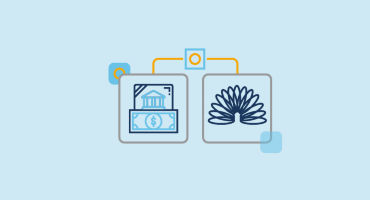As discussed in my recently published 2022 Fixed Income Outlook, co-authored by my colleague Jitu Naidu, we believe inflation and interest-rate risks look poised to supplant the global COVID-19 pandemic as the new “bogeymen” facing investors in 2022. The dual specter of persistently higher inflation and steadily rising rates has many allocators particularly worried about potential implications for their fixed income exposures. Accordingly, many are now seeking defensive portfolio strategies — so-called “hedges” — for the new year.
Possible inflation scenarios
Market pricing for longer-term US inflation was recently in the mid-2% range, based on the latest “breakeven” inflation rates. There are still ongoing debates as to likely inflation outcomes going forward, but most of the informed forecasts appear to fall broadly into one of two camps:
While inflation may overshoot 3%, it will ultimately be tempered by Fed rate hikes and other actions, suggesting that the bulk of the upward move in inflation expectations may be behind us.
- Despite the Fed’s best efforts to contain it, inflation will continue to rise inexorably higher in the period ahead, eventually settling (and remaining) in the mid-single digits or perhaps even higher.
- In scenario 1, any subsequent rate rises could be more gradual and driven primarily by higher real rates, as opposed to inflation. This would be a more favorable backdrop for fixed income allocations, where the asset class can achieve positive real returns over longer periods by potentially benefiting from carry, return “rolldown,” and reinvesting into higher yields.
Fixed income inflation hedges
But for investors who are concerned about scenario 2, or for those who wish to be more tactical in their positioning, there are several solutions that we think may help insulate a fixed income portfolio from the double threat of higher inflation and rising rates. Here are some, along with “pros” and “cons” to consider for each:
Tips and global inflation “linkers”
Pro: These securities provide direct inflation hedges and are generally of higher quality.
Con: At today’s yield levels, they effectively “lock” investors into negative real yields. And the effectiveness of TIPS as a hedge against realized inflation can vary greatly by maturity.
Floating-rate bank loans
Pro: Floating-rate yields typically reset and reprice as interest rates (and inflation) rise.
Con: They are subject to default risk and price volatility, particularly during market shocks, due to their sub-investment-grade ratings.
High-yield credit
Pro: It tends to have lower empirical duration versus most other fixed income sectors.
Con: It may not protect against significantly higher inflation and is prone to higher default risk and price volatility than even bank loans.
Securitized credit
Pro: A large portion of the market consists of floating-rate instruments (see above). And portions of the market may benefit if underlying secured assets rise in value during inflationary periods.
Con: As a more “niche” market sector, they may experience increased price volatility.
Convertible bonds
Pros: Their hybrid bond/stock nature allows for participation in equity market upside.
Cons: Their ability to reprice higher with inflation depends on the underlying equity performance.
Flexible bond strategies
Pro: They generally have access to a much wider global fixed income opportunity set.
Con: Success is often highly reliant on the active manager’s return-generating skill.
Figure 1 shows our expected relative performance for select fixed income sectors in different inflation and growth environments.
Figure 1


















